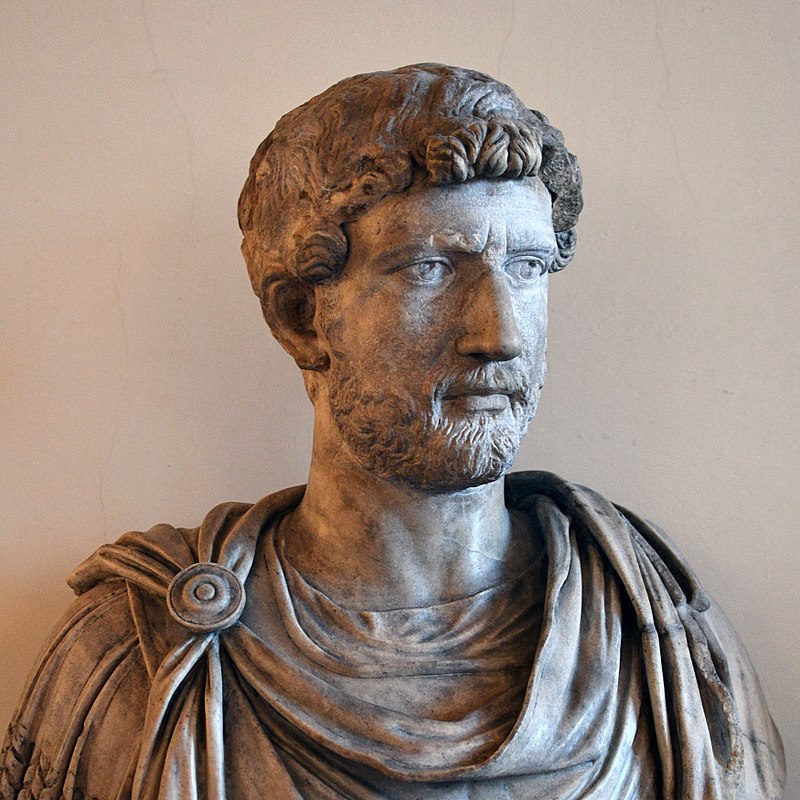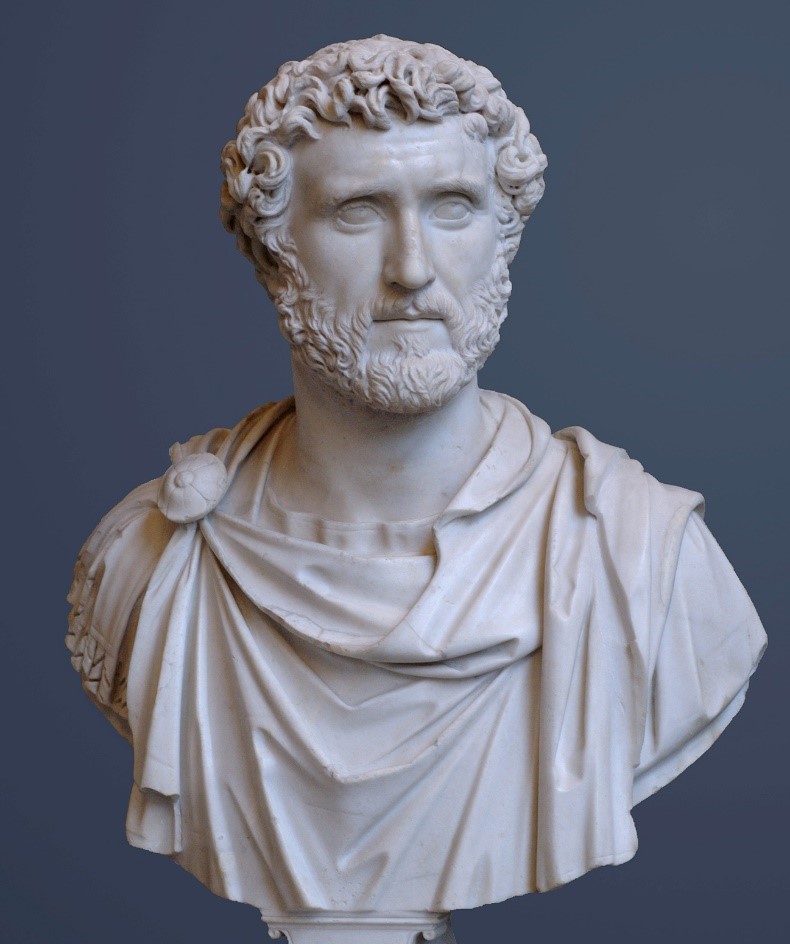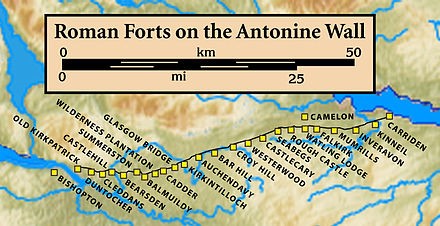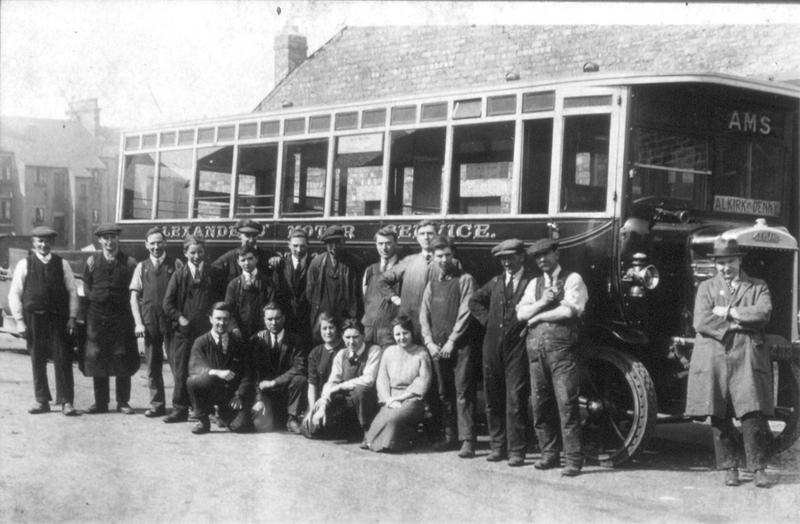The Sixth Legion Victrix helped build the Antonine Wall in Falkirk, but what else do we know about them? Read on to find out more…
Legio VI Victrix
Of the three Roman legions involved in building the Antonine Wall, The Sixth Legion Victrix (not to be confused with the Sixth Legion Ferrata), spent most of their time in Britain after the wall was built, only arriving with the Emperor Hadrian in the second century. The Sixth Legion Victrix was one of 28 legions across the Roman empire by the reign of Antoninus Pius, of which three were stationed in Britain. Most of the others were stationed on the Danube and in Germania, with Egypt, Africa and Iberia having only one each, clearly indicating the empire’s conflict areas. Each Roman legion cost around 2.25 million denarii a year, with military expenditure for all the legions amounting to around 40-50% of the annual budget, indicating the cost involved in maintaining the British provinces within the empire (Le Glay et al p.381).


Across the Roman Empire
The Sixth Legion Victrix, meaning “Victorious,” were founded around 41BCE and first saw action at the Siege of Perugia. Their sigil was believed to be a bull. They fought for Octavian against Marc Anthony at the Battle of Actium in 31BCE. This crucial conflict removed Anthony as a rival and ensured Octavian’s (later known as Augustus) dominance and imperial reign. After fighting for Augustus, the Sixth Legion served in Germania, and then in Spain for a hundred years between 30BCE to 70CE, receiving the honorific title “Hispaniensis” (Pollard and Berry p.93). During the 69CE Civil War, they supported their commander, Servicius Sulpicious Galba, and proclaimed him Emperor whilst he marched to Rome with the Seventh Legion (Pollard and Berry p.93). His reign proved short-lived however, due to errors made during a fight with another rival, Vitellius, and he was lynched by his own troops (Livius.org). After the Civil War, the Legion was stationed in Germania Inferior, and would later gain another honorific title, “Pia Fidelius Domitian,” after supporting the Emperor Domitian’s imperial rule. They lost this name after his assassination (Pollard and Berry p.93). They therefore had no role in Britain until 122CE, whilst the other legions had already arrived several decades before.


The Sixth Legion in Falkirk
After a period serving at the Danube, Hadrian (see first bust) took the Sixth Legion to Britain where they helped to build the sections of Hadrian’s Wall between Newcastle and Carlisle whilst being based at Eboracum, or York (Pollard and Berry p.94). Following the succession of the Emperor Antoninus Pius in 138CE (see second bust), the Sixth Legion finally arrived in the Falkirk area. Between 139-142CE they helped to construct the Antonine Wall at Croy Hill and Castlecary, where they and the Second Legion dedicated an inscription to the Goddess Fortuna (“Legions and auxiliary units”). The Sixth Legion was then involved in suppressing British revolts between 155-158CE along with the Second Legion and the Twentieth Legion (Livius.org).


After the Antonine Wall, the Sixth Legion had another brief Emperor in Publius Helvius Pertinax in 193CE, before the civil war ended with his defeat by the new Emperor Septimius Severus (Livius.org). Upon returning to Britain, they recaptured York from the northern tribes, then in 208CE joined with Septimius Severus in his effort to conquer Scotland. During this invasion, they camped with the Second Legion at Carpow on the River Tay, and were given another honorific title, “Brittanica” (Livius.org).
After this second invasion into Scotland, which lasted until 211CE, the legion remained in York, supporting various Emperors and claimants. They later named Constantine the Great Emperor, and their presence was still recorded in Britain as late as the 4th century CE (Livius.org). After the Emperor Caracalla restored Hadrian’s Wall as the border, the Romans did not launch another attempt to subjugate Scotland.
By Laura McWhinnie, Hidden Heritage Online: Ancient Falkirk volunteer.

